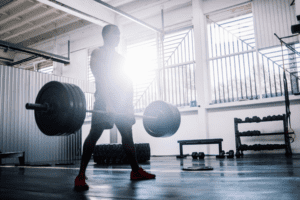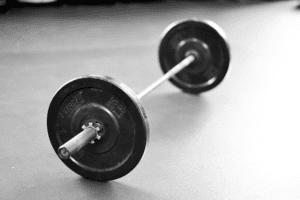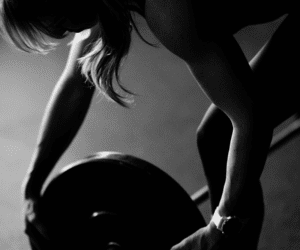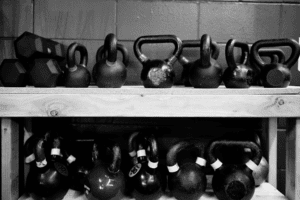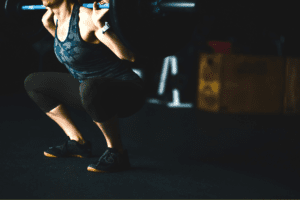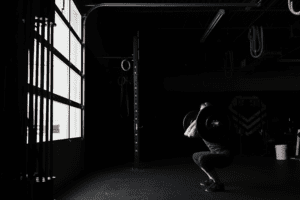
Pain doesn’t equal damage.
Damage doesn’t equal Pain
Pain is a signal that is sent from our brain. It is a PERCEIVED threat.
What does that mean? It means that pain is not always an indicator of damage. Our brain might perceive a situation or movement as something that could cause us harm, and create in turn it creates the sensation of pain so that we stop whatever we are doing.⠀⠀⠀⠀⠀⠀⠀⠀⠀
The tough part? Sometimes our brain is wrong. It might be perceiving a threat that isn’t there, forcing us to feel pain before we really should. This often happens when we have had chronic pain, or been in pain for a long time. The threshold for what our brain thinks is threatening becomes a lot lower than it does when we are healthy.
This means we can feel pain without any tissue damage.
A great example: People with low back pain often report pain when bending over, or a fear of bending over due to pain. We KNOW there is nothing inherently wrong or dangerous with bending over and there is no mechanism in which bending over could cause us tissue damage. However our brain is in such a sensitive threat mode due to chronic pain, that it perceives bending over as a potential for causing harm, and therefore we feel pain.
Pain does not equal damage. Damage does not equal pain.⠀
